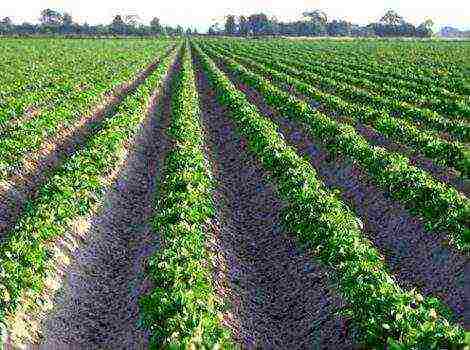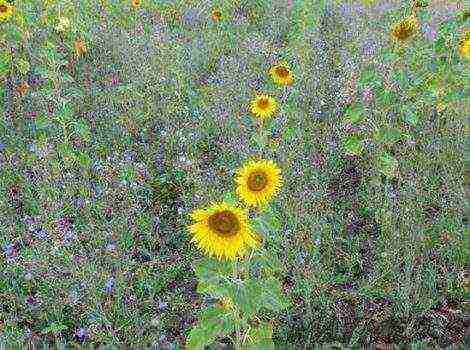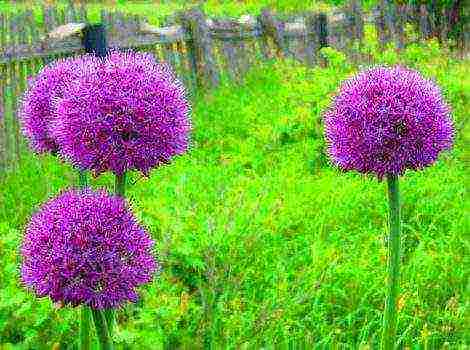Content
Due to the abnormally hot weather conditions in recent years, the potato crop began to decline. It's getting harder and harder to grow a good crop and predict how many kilograms it takes to get the most from one hectare of land... How to avoid this problem, calculate the rate, select the correct planting material, how to get a bucket of potatoes from one bush? You will find the answers to these questions in our article.
Seeding rate of potatoes - a relative concept, it depends on several factors, such as the area you are going to sow, planting density (depending on the region) and others.
How many potatoes will go on 1 hectare of land
Perhaps before you had to rack your brains, roughly estimating how many tubers you need to sow a field, below is the generally accepted seeding rate in kilograms per hectare of land.
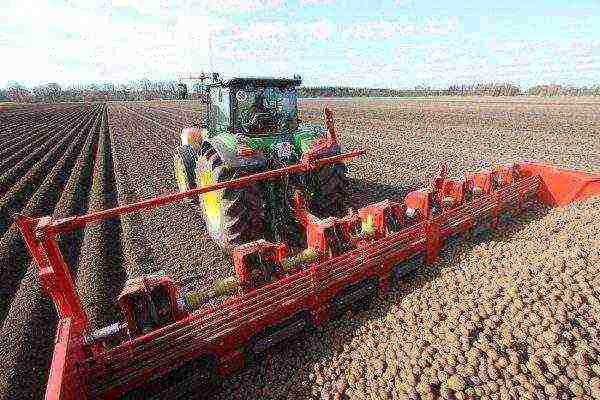
The area of a hectare is 10000 square meters, the optimal amount is approximately 65000 things, the total mass of which will fluctuate within four tons.
Does the consumption depend on the grade
Undoubtedly, the variety must be chosen correctly, each of them has its own characteristics and care requirements. Everything will depend on what size tubers are selected... Provided that they are average, the consumption per hundred square meters is approximately the same.
The formula for calculating the seeding rate of potatoes
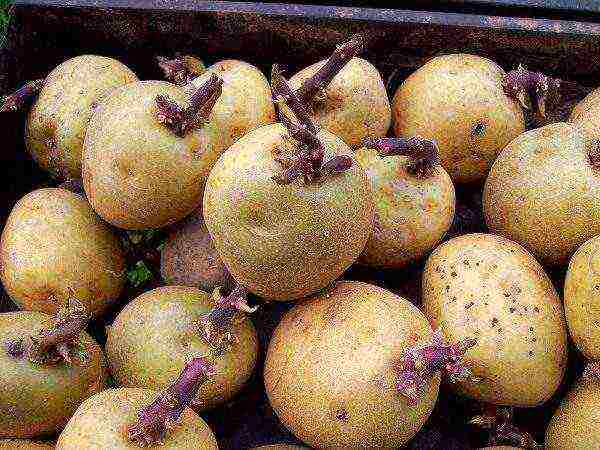
To determine the required number of kilograms of tubers per hectare of land, use the formula:
H = G * M
Where:
- H - consumption rate (kg / ha);
- G - planting density (thousand pcs / ha);
- M - the average mass of a potato.
How to increase the yield
The most pressing question among all gardeners is how to increase the yield. Let's analyze the basic principles of its increase.
Selection of planting material
One of the first and basic principles is the selection of planting material. It is worth taking a responsible approach to business - your harvest directly depends on this.
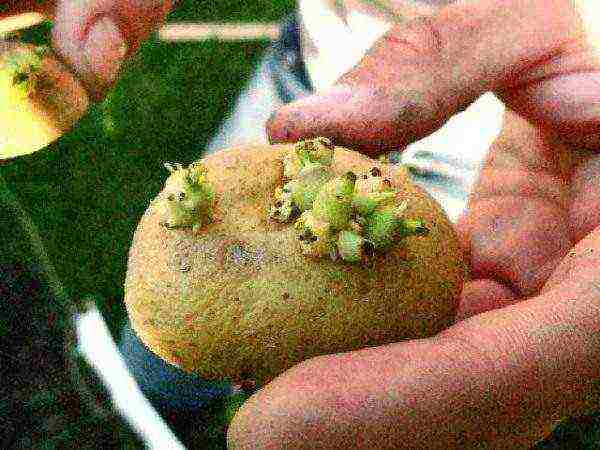
Potatoes are selected for seeds even during harvest... If you dug a bush and all the vegetables are approximately equal, you can safely put them off for planting, there is nothing wrong with that, it is much more difficult to select from a common heap. At the same time, it is very important not to mix varieties in any case.
Calculation of the volume of planting material
Using the above formula, you can easily determine the amount of seed potatoes you need. But, you are unlikely to be able to calculate by the mass of the vegetable how much harvest you will get, since this is fully influenced by growing conditions, soil fertilization and proper care.
Planting density
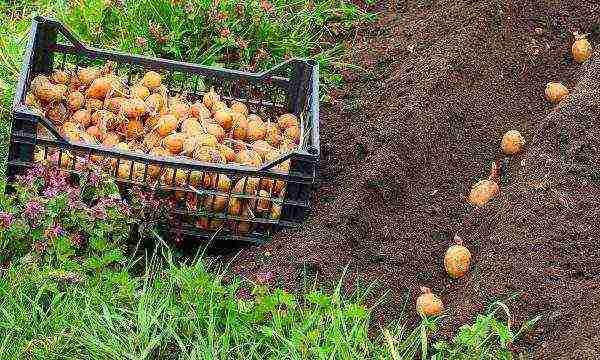
It would seem that the thicker we plant, the more we will collect, but no. Actually, if planted too often, the feeding area of one plant will decrease, which will result in fewer tubers.
But if the feeding area is 70 * 20 cm, the harvest will be decent.
When to plant?
The time for planting potatoes directly depends on the region... In the southern regions, planting is carried out in late March - early April, the further north you go, the later the land warms up and sowing is done.
Increased yield
Due to genetic characteristics, some varieties can form up to 16 tubers, while others only 7-10, but do not forget about the importance of fertilization. Any potato needs complementary feeding during the period of tuber formation... Below are some effective ways to increase your potato yield.
Bark
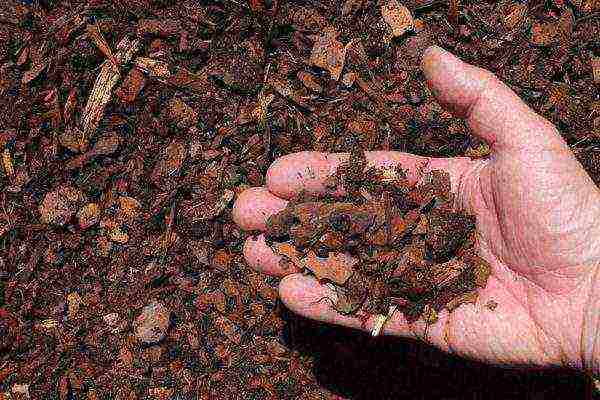
To use the bark as fertilizer, it must be rotten, because the process of its decomposition in the ground can take a long time. With the help of the bark, you can not only fertilize the potatoes, but also protect them from pests., for example, by mixing bark, ash and compost in equal proportions.
Ash
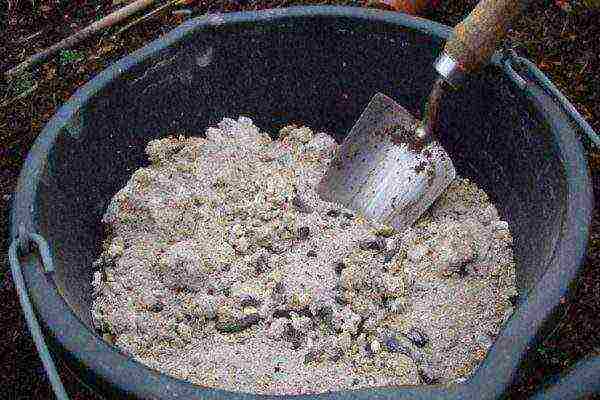
Ash is an excellent potash fertilizer, except for potassium, it contains phosphorus, calcium, magnesium and a large set of trace elements. It is suitable for chlorine sensitive plants because this element is absent in its composition. Also it loosens the soil and changes its structure, in addition, with its help, you can deoxidize the soil on the site. If you use ash as top dressing, you only need 150-300 grams per square meter. Bring it dry into the pits during planting.
Onion peel
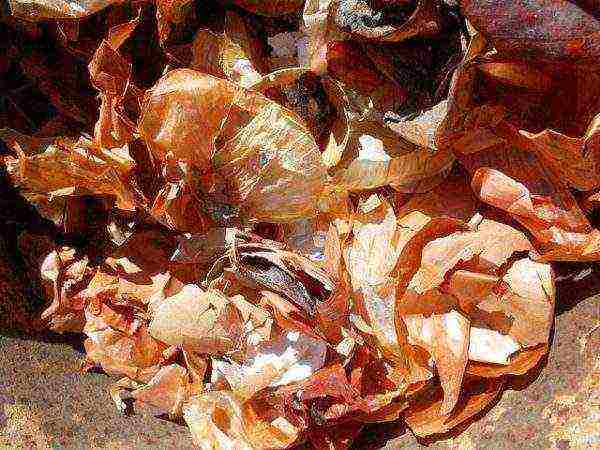
Onion husks not only serve as an excellent fertilizer, but also protect your plants from wireworms and other soil pests. It should be placed in the hole before inserting the potatoes. The husk should be exclusively from healthy bulbs, in order to avoid infections and fungi... You can also insist onion peels in water for three days, then dilute with 10 liters of water and water.
Stimulating incision
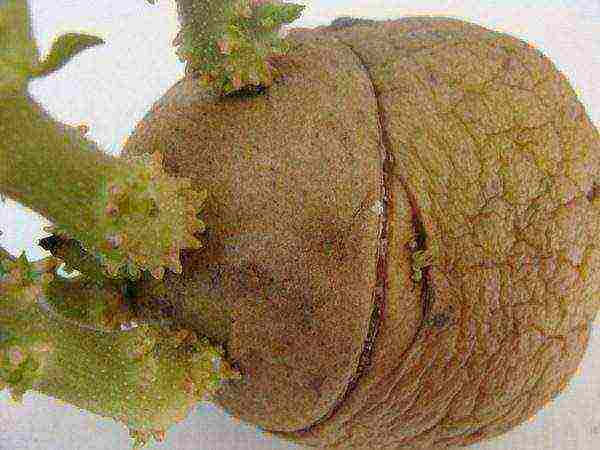
Another well-known method is the stimulating incision. This is a longitudinal section of the tuber with a sterile knife, in order to avoid infection and further decay... This method will speed up the germination, as well as help the plants to get stronger already before the appearance of the Colorado potato beetle.
Growing potatoes in a bucket
This method is suitable for people who do not have a vegetable garden. Let's analyze the cultivation of potatoes in a bucket:
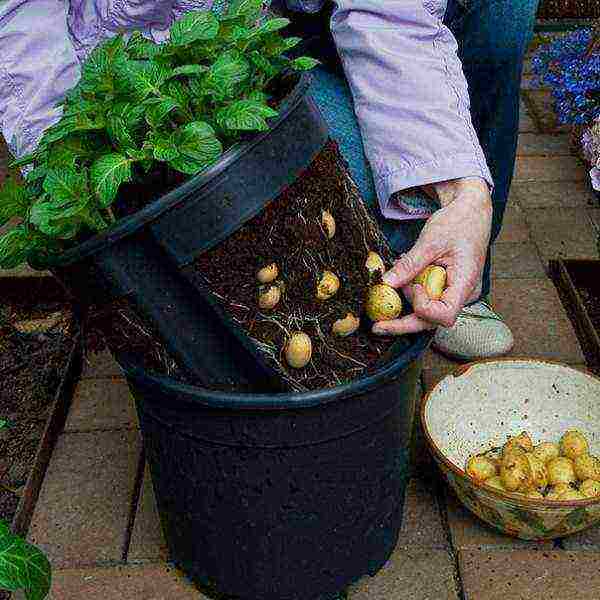
- Best fit plastic bucket 8-10 liters... It should be washed and dried. After that, 4-5 holes should be made at the bottom.
- As drainage, you can line with hay... Sprinkle a little earth on top, mixed with compost.
- Putting the potato medium size, cover with dry grass on top and wait for shoots.
- As the hay settles, it follows add a little.
- Water and feed need potatoes once a week.
If you follow these tips, harvest will be in 13 tubers from one bucket... This method will protect potatoes from ground pests, and is also suitable for growing seed potatoes.
A bucket of potatoes from one bush is real
To collect a bucket of potatoes from a bush, it is important to properly and constantly look after it.
Even during planting, add half a bucket of humus to one hole, then add 1-2 tablespoons of wood ash, mix right in the hole, put the sprouted tuber, bury and cover with hay on top. Regular watering is important - every four days.If you are chasing a crop, you should not miss it.
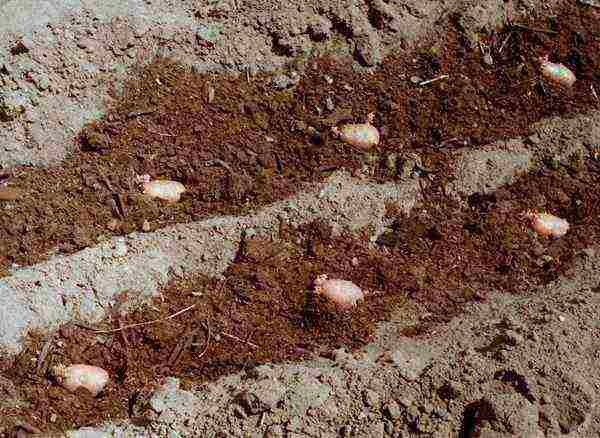
As soon as the leaves wither, cut them off and leave the potatoes for two weeks, letting dry... Then we dig out the potatoes and get a good result.
For both beginners and experienced gardeners it is useful to learn some of the features of caring for potatoes, as new varieties appear from year to year, climatic conditions change. If you follow the tips, you will get the desired result.
